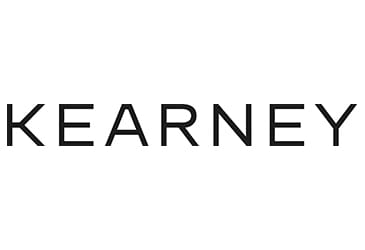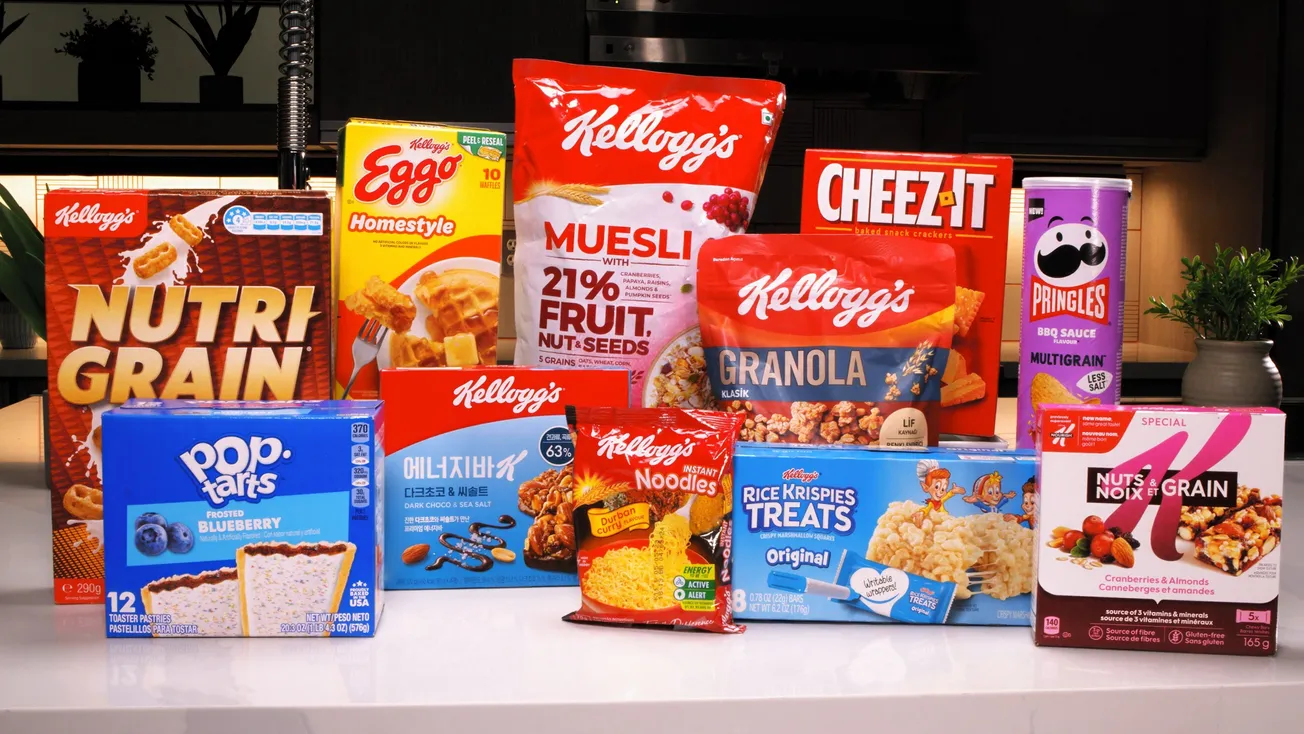CHICAGO — Sometimes the way we track consumer dollars just doesn’t make sense. Despite consumers’ voiced concerns about inflation and finances, retail spend continues to grow and consumers continue to plan vacations.

Even consumers themselves aren’t sure where they stand. And, asked in a recent survey by the Kearney Consumer Institute (KCI), 44% of consumers say their finances have gotten worse in the last 6 months but 51% say they will get better going forward.
“Our current focus is exactly what keeps us from seeing what we hope to see,” explained KCI Lead Katie Thomas. “We are so focused on categories and who’s going to win or lose that we aren’t looking at the how and the why behind consumer spend. And, when it comes to areas we ought to be paying attention to, we generalize so broadly that we miss any critical insights. For example, we say consumers are only spending on necessities—but don’t define what those necessities actually are. For some consumers, it may only be core food groceries. Others may deem clothes and shoes a necessity.”
This split in the way brands understand consumers and categories and the way consumers see themselves explains why consumers can simultaneously be stressed about their grocery bill but will happily find money for the Taylor Swift and Beyonce concerts.
The key to understanding—and thereby increasing—consumer spending is to take what Thomas calls a “consumer first perspective,” one that blends economics and emotions. The approach “flips the traditional commercial script” by first evaluating the total consumer wallet based on how they view and categorize spend on their own terms. This understanding of how a consumer emotionally categorizes their spend can then be applied to our understanding of category-level transactions. For example, are M&Ms an indulgence, a reward, a guilty pleasure, or a necessity? Only the consumer knows for sure.
As a result of its survey and analytical work KCI introduces the concept of “consumer motives” as the starting point to understanding spend. While they vary by brand, motives generally fall into four buckets, each with its own unique perks and risks: Essentials (seen as necessary or functional); Value (investment in quality, product that works hard, potential future value); Pleasure (shopping as fun, “retail therapy,” reward/treat); and Expression (communicating or projecting externally, including ego, style, and values). Understanding how a consumer qualifies their spend and going one level deeper allows brands to assess the risks and opportunities that exist by motive.
KCI suggests brands follow three simple steps to reorient to a more “consumer first” approach. In the short term, determine consumer motive attribution. In the medium term, map future demand by motive. And, finally, over the long term, shift the portfolio to match consumer-first priorities. “The growing options consumers have combined with the constant news cycle bemoaning inflation concerns makes for an increasingly aware, savvy consumer who is spending thoughtfully across the whole wallet.”
A more complete explanation and set of survey results are available from: here.









